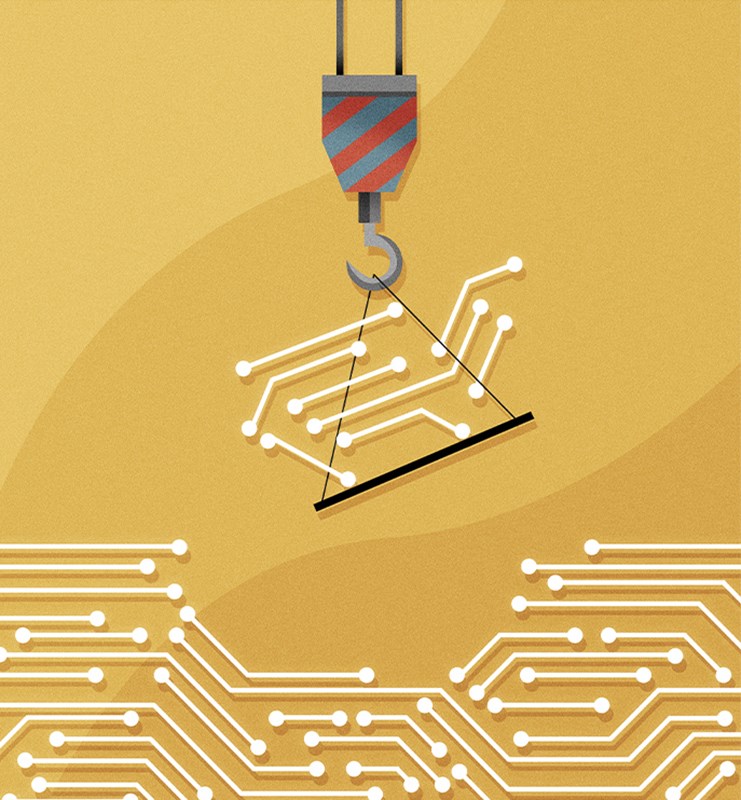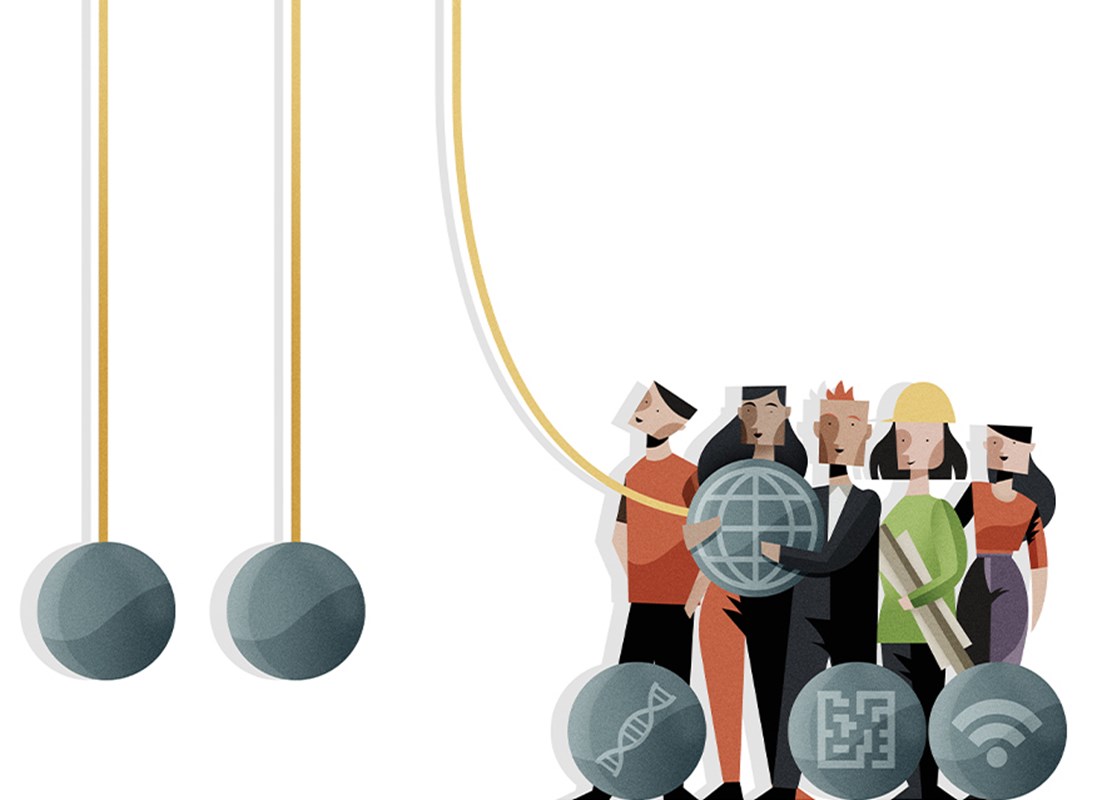Our blueprint for innovation
By Narayana Murthy

Nicolas Aznarez

The implementation of a raft of policies at the heart of a corporation can help foster real innovation, writes Narayana Murthy, the founder of multi-national technology company Infosys.
Together with six colleagues, I founded Infosys in 1981 with US$250. Today, our software services company has over 1,500 customers from 45 countries, 250,000 employees coming from 150 nationalities, and over a million investors from all over the world. Infosys has a revenue of over
US$ 13 billion, and a market capitalisation of over US$ 75 billion.
The nations and the companies that have grown and sustained their position in global rankings are the ones that have consistently leveraged the power of innovation and ‘imagination capital’, and not financial capital, land or raw materials as the world once believed. Innovative companies carve out new market spaces by creating products or services for which there are no direct competitors, at least for a certain initial period.
So innovation has been at the heart of everything we do, and have done, over that 40-year-period since we launched Infosys to the world, whether to reduce cost and price; improve profitability, speed, cycle time and quality; improve value, comfort level and free time for customers; or to enlarge our customer base.
Infosys introduced the Global Delivery Model (GDM) and the 24-hour workday based on a collaborative distributed development model for software development enabling rapid time-to-market solutions, and giving our customers unprecedented cost-savings. But we also put in place a raft of internal policies to foster innovation throughout the business, which are now the DNA of our wider approach.

We introduced a long-term vision for innovation that went beyond simple economic objectives. We made our innovation goals big enough to be compelling, practical enough to be credible, broad enough to invite contribution from everybody in the firm, and specific enough to provide focus.
The creation of a strong innovation culture in the company was important and we made it a part of our core activities, pursuing management and technological innovations in tandem.
The well-known Indian scientist, Raghunath Mashelkar, told us that mind is the engine of progress, and that a retrogressive mindset is the database of negative experiences resulting in fear, hesitation, dilemma, indecision and lack of self-confidence. To make progress, we focused on our minds winning the war over a retrogressive mindset.
“Everybody from the janitor to the chairman has the potential to bring innovation”
Narayana Murthy

We found that innovations require a strong customer orientation for them to succeed, and that a world-class corporation always competes with itself by reinventing and innovating on a constant basis. So we introduced a policy incentivising our employees to innovate, and found that the youngsters in the business were the most effective in bringing forward new ideas. They were more open-minded, less scared of challenging the status-quo and of failure, more energetic, and often smarter than our older people. Every year we celebrated an ‘Ideation Day’ where team members under the age of 30-years-old presented their own innovative ideas.
Our younger employees were told — like everyone else in the corporation — that thinking outside of the box is the important thing, that they should have no fear of failure, but simply to learn from their failures and move on.
But we also realised that we needed the wise heads of our elders to provide the support, encouragement and resources for our youngsters to reach out for the stars, and to be a safety net in times of failure.
Innovation has to be enthusiastically embraced, so we focused on creating a pluralistic, intellectually curious and competitive environment that reveres meritocracy, competence, enthusiasm, optimism, dignity, fairness, transparency, confidence, daring, humility, openness, collaboration, value delivered to the customer, and excellence in execution.

We believe that innovation is not just the preserve of a chosen few in the research department: that everybody from the janitor to the chairman of the company has the potential to bring innovation, and our managers encourage them to do so. Diversity of race, gender, culture, nationalities and points of view have also proved to be key drivers for innovation within our global business. Our employees are encouraged to challenge how they can reduce the cost or time of every activity, and also to try and improve the quality of each output.
But we don’t back too many innovative ideas, because consistency counts: constant shifts in priorities, and start-again-stop-again innovation programs are not helpful. To provide support, we built a user-friendly Knowledge Management System (KMS) to track and document the details of how, why, what, the do’s and the don’ts.
We also brought customers into the decision-making loop. As a services company, co-creation was very productive for us. By involving customers at early stages of product development, we found we could bypass the expensive and error-prone efforts to understand the needs of our customers in detail once the product is in the field.
Constant innovation is critical in business and these learnings, and policies to encourage a culture of innovation, now sit at the heart of everything we do.
Every individual can be innovative and improve constantly what he or she is doing. For this to happen, the leaders of the corporation have to create an environment that respects individuals, ideas, and opinions; that incentivises individuals; that gently prods people to avoid mistakes and perform better; and that has leaders ready to share credit with even the lowest in the corporate hierarchy.
Infosys has benefitted enormously, but the wisdom can be universally applied.








